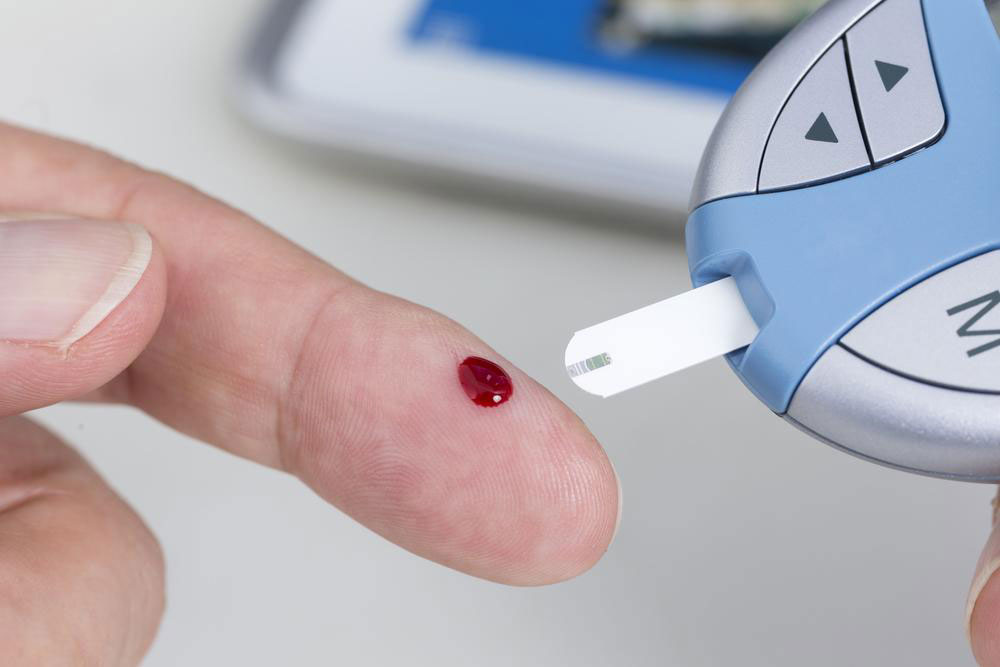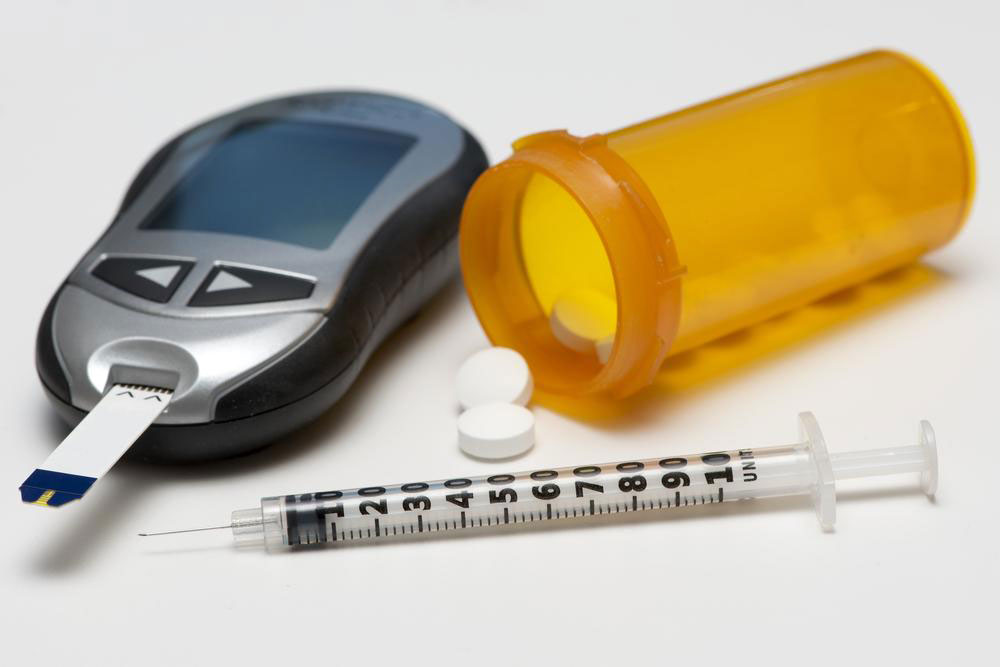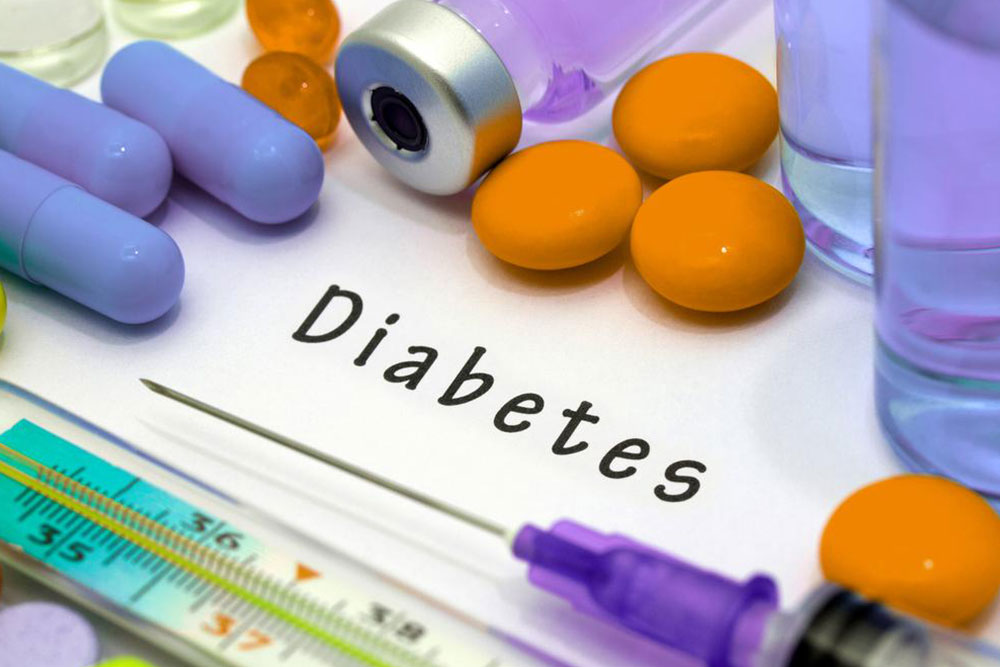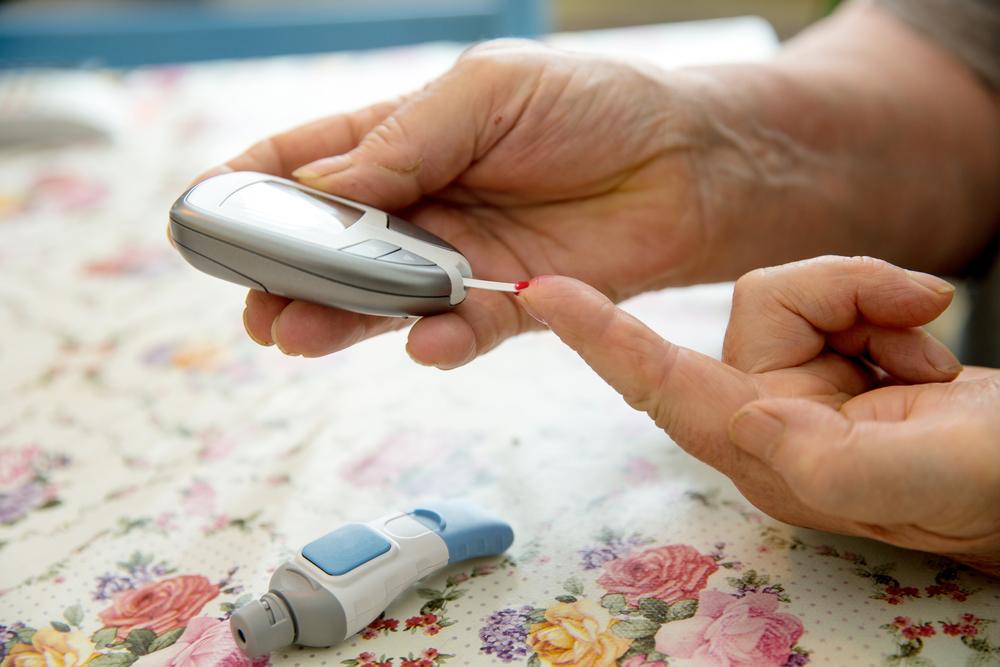Managing Type 2 Diabetes Effectively
This article provides an in-depth overview of managing type 2 diabetes, emphasizing lifestyle changes, diet, exercise, and monitoring blood sugar levels. It highlights the importance of healthy nutrition, staying hydrated, and physical activity in controlling the condition. Recognizing symptoms early and working closely with healthcare providers are key strategies for effective management, helping individuals lead healthier lives with diabetes.
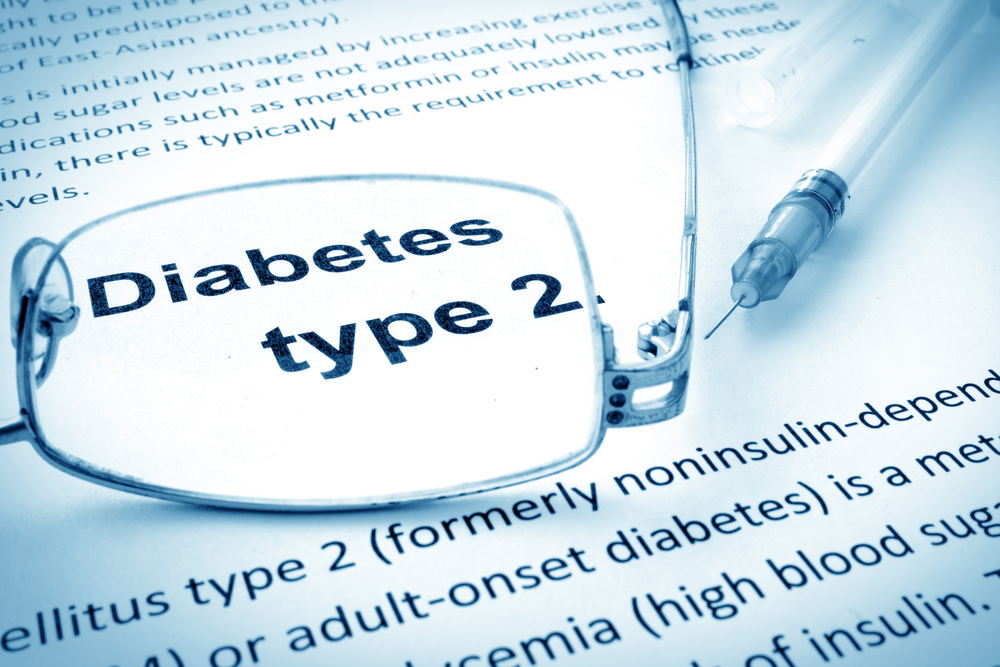
Managing Type 2 Diabetes Effectively
Recently diagnosed with diabetes or know someone affected? It’s natural to have many questions. While a healthcare professional is best suited to provide specific answers, this article offers a comprehensive overview of diabetes, how it impacts the body, and current treatment options. We’ll explain what diabetes is, its effects on bodily functions, and the latest research on managing the condition.
What is Diabetes?
Diabetes mellitus encompasses a range of disorders affecting how your body processes sugar.
Many newly diagnosed individuals worry they can no longer consume sugar. However, sugar itself isn’t inherently harmful—it plays a vital role in energy production for muscles, tissues, and brain function. Healthy sources of sugar, like fruits, are beneficial, while excessive consumption of processed sugars can be detrimental.
Energy derived from glucose is essential for overall health, fueling every cell in our bodies, including the brain. Effective management involves understanding this balance.
Signs and Symptoms of Diabetes
If diagnosed recently, know that millions in the U.S. live with diabetes. According to 2014 data from the U.S. Department of Health and Human Services, approximately 29.1 million Americans (9.3%) have the condition.
Each individual processes sugar uniquely, influenced by insulin from the pancreas— a hormone that helps regulate blood sugar levels. Proper insulin response maintains blood sugar within healthy ranges. Elevated blood sugar may cause symptoms such as:
Persistent thirst
Frequent urination
Intense hunger
Fatigue
Irritability
Blurred vision
Slow-healing wounds
Recurrent infections
These signs warrant medical consultation and blood tests, including the glycemic index, to confirm diagnosis and guide treatment.
Approaches to Diabetes Management
Lifestyle modifications, especially diet and physical activity, are foundational. Managing carbohydrate intake, from fruits to grains, helps stabilize blood sugar. Consulting with a registered dietitian can optimize nutrition plans aligned with individual needs.
Prioritizing whole, unprocessed foods—fruits, vegetables, beans, lean meats—limits sugary and high-calorie foods. Staying well-hydrated with water supports overall health, as dehydration hampers circulation and places stress on the heart, complicating diabetes management.
Role of Physical Activity
Regular exercise, like walking 30 minutes daily, reduces the risk of developing type 2 diabetes by about 30%. Benefits include maintaining a healthy weight, lowering blood pressure, enhancing mood, increasing energy, improving sleep quality, and strengthening social bonds. Given the strong link between obesity and diabetes, staying active is crucial.
Monitoring blood sugar levels regularly is vital. Your healthcare provider may recommend simple home testing to track progress. If lifestyle changes are insufficient, medication may be prescribed to maintain blood glucose within target ranges.
Important Reminder:
The information provided is for educational purposes only. It is not intended as medical advice. Always consult licensed healthcare professionals for diagnosis and treatment decisions. Use discretion when interpreting health information online.


